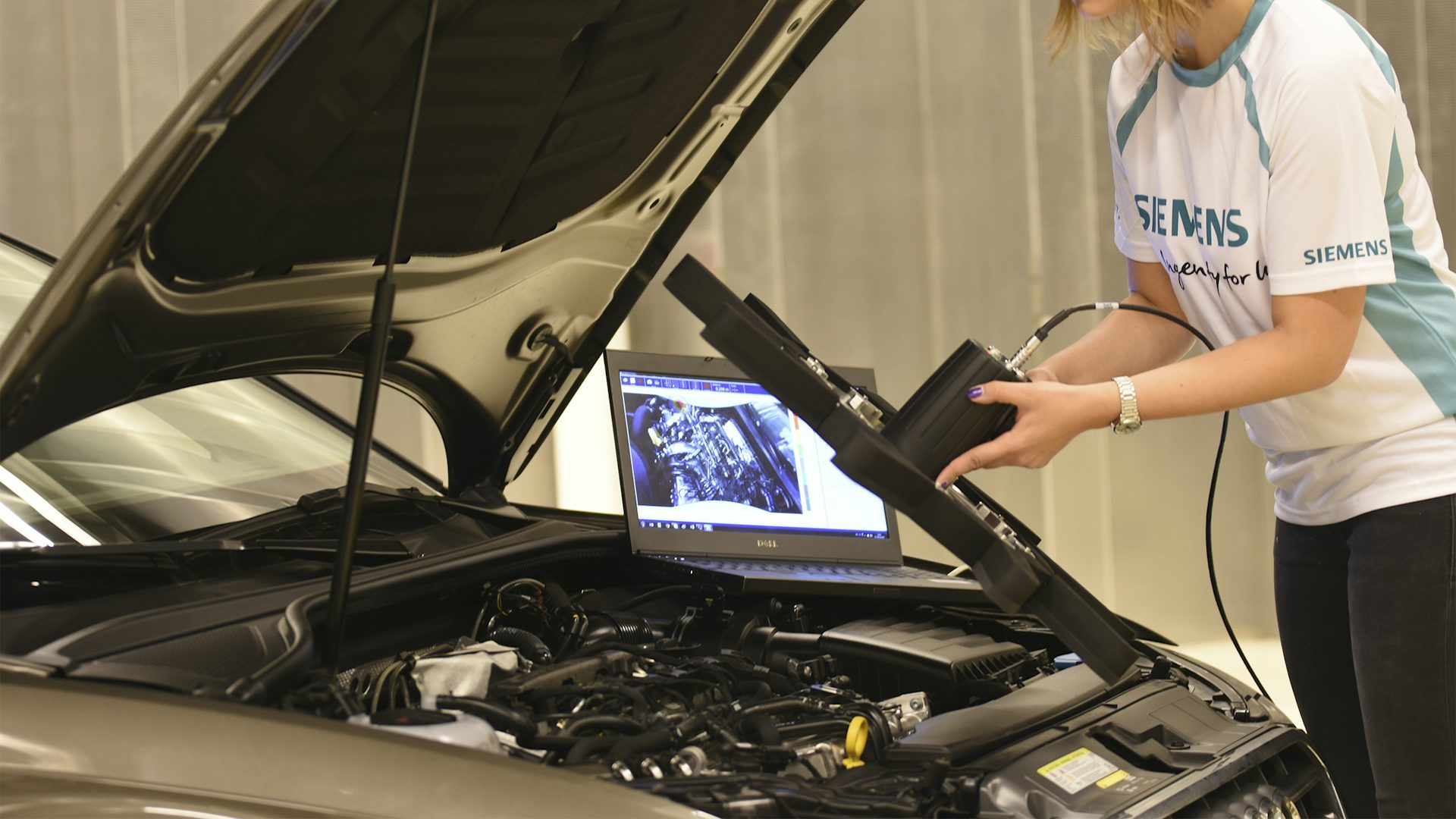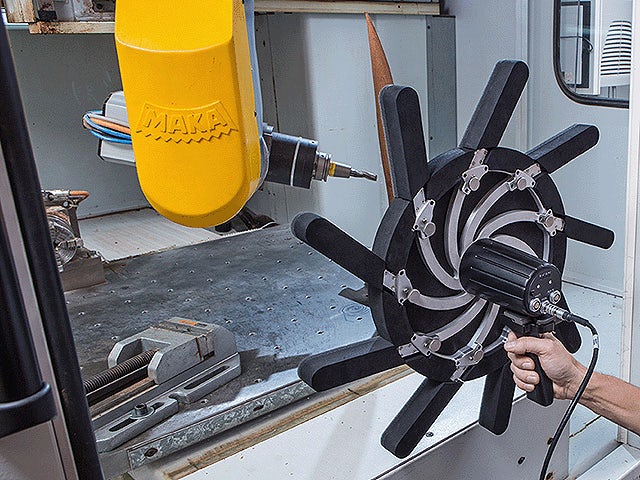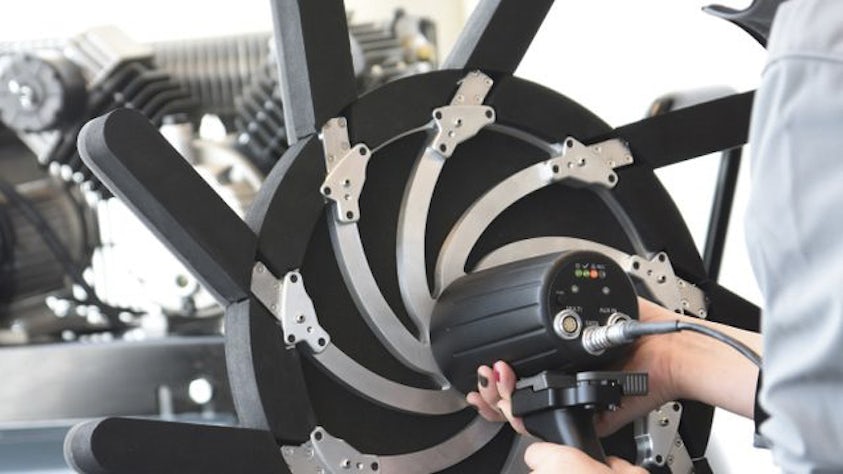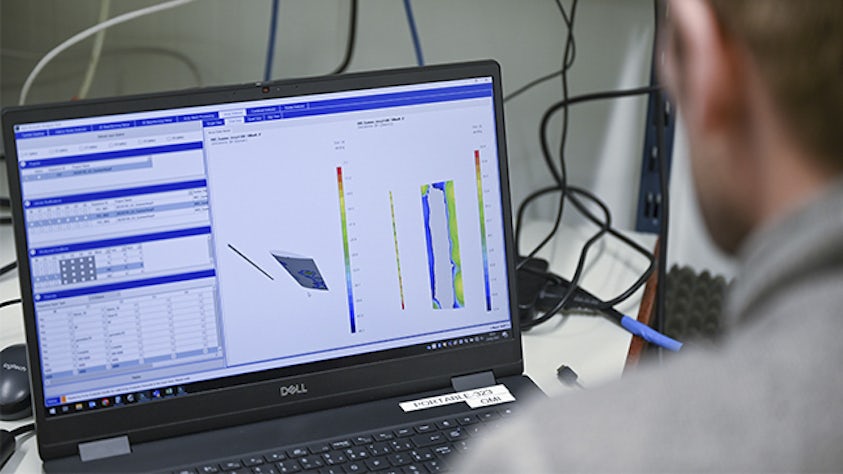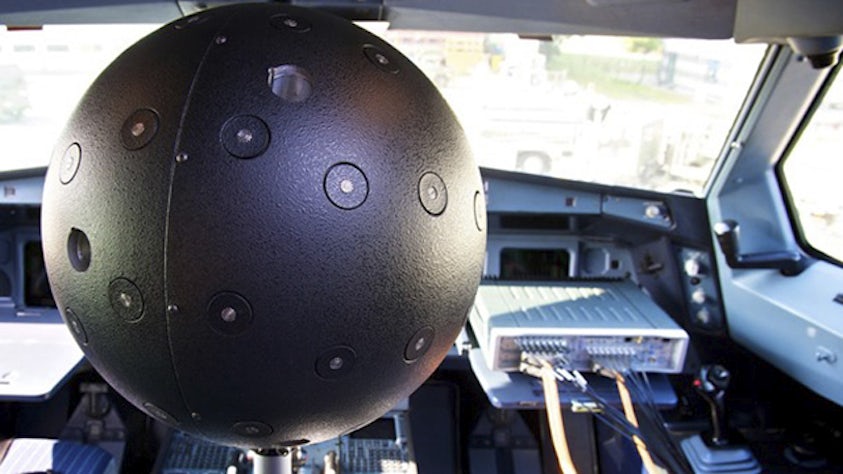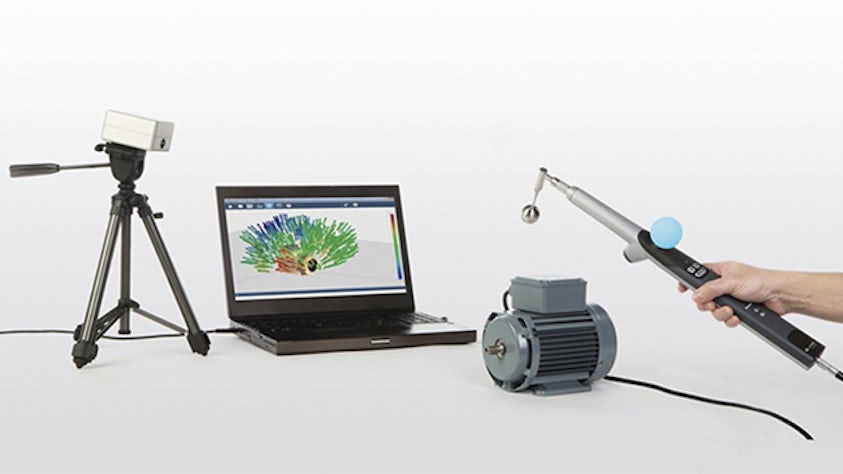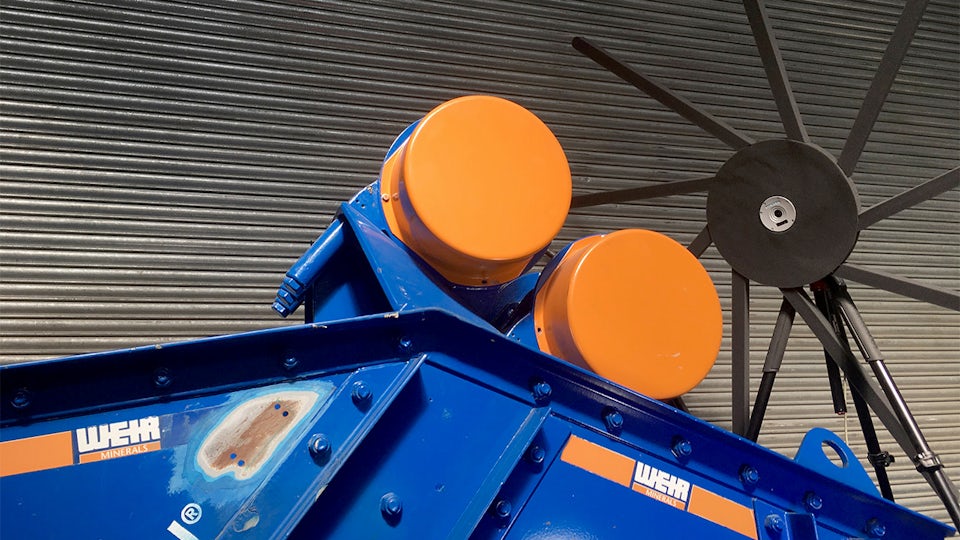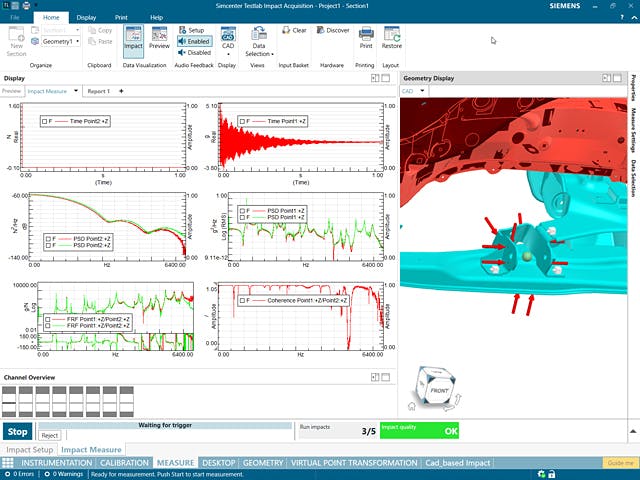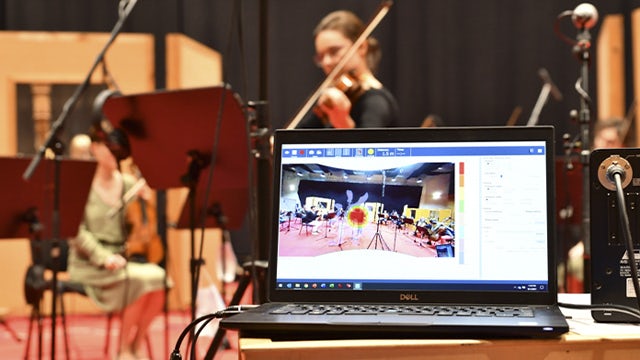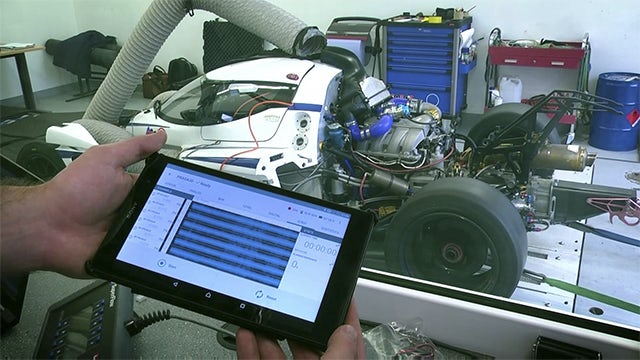Nasze rozwiązania do lokalizacji źródeł dźwięku (SSL) pomagają wizualizować dźwięk bezpośrednio u źródła. Typowe zastosowania narzędzi SSL to rozwiązywanie problemów związanych z hałasem, porównywanie profilu akustycznego różnych wariantów produktów i potwierdzanie subiektywnych ocen dźwięku przy użyciu obiektywnych danych. Dzięki narzędziom SSL można mieć pewność, że podejmowane działania naprawcze dotyczą właściwego problemu.

